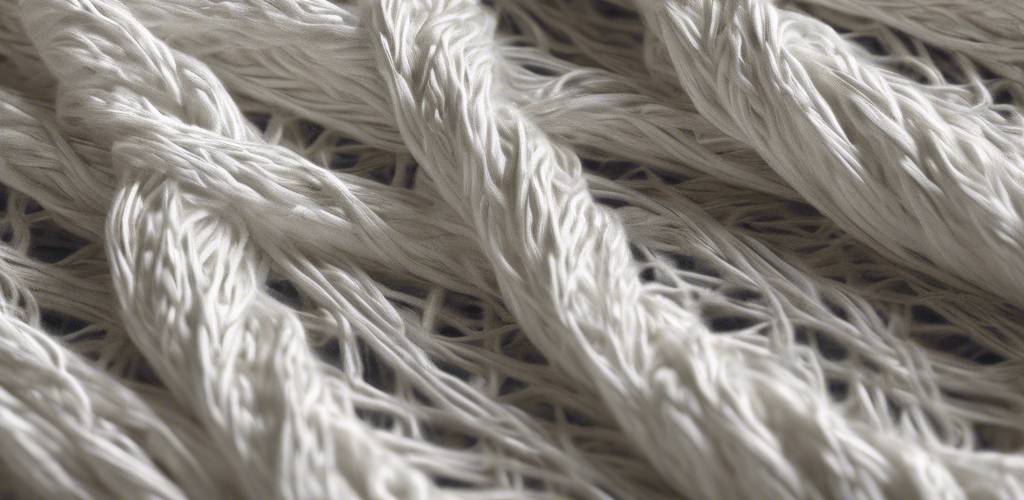UV printing has become increasingly popular for various applications, but when it comes to T-shirt printing, it's rarely, if ever, recommended. This article explores the reasons behind this industry stance.
The primary issue lies in the porous nature of T-shirt fabric. UV printing relies on UV light to cure and solidify ink, creating a durable image with good adhesion. However, when applied to porous materials like fabric, the ink seeps into the structure, preventing complete curing due to the fabric's obstruction of UV light.

This incomplete curing process leads to several problems:
- Color Accuracy: The partially cured ink creates a dispersed, granular effect, which interferes with the precise color reproduction required for print-on-demand applications. This results in inaccurate and potentially disappointing color representation.
- Poor Adhesion: The combination of uncured ink and granular cured particles leads to weak adhesion. Consequently, the print is prone to washing off or deteriorating quickly with wear and tear.
- Skin Irritation: Uncured UV ink can be irritating to human skin. Moreover, UV ink itself has corrosive properties, making it unsuitable for clothing that comes into direct contact with the body.
- Texture: The printed area often feels stiff and uncomfortable, detracting from the natural softness of the T-shirt fabric.
It's worth noting that UV printing can be successful on treated canvas. The smooth surface of treated canvas allows for better ink curing, and since canvas prints are not worn against the skin, the potential for irritation is eliminated. This is why UV-printed canvas art is popular, while T-shirts are not.
In conclusion, UV printing on T-shirts produces poor visual results, unpleasant texture, and inadequate durability. These factors make it unsuitable for commercial use, explaining why industry professionals rarely, if ever, recommend UV printers for T-shirt printing.
For T-shirt printing, alternative methods such as screen printing, direct-to-film(DTF) printing, direct-to-garment (DTG) printing, or heat transfer are generally preferred. These techniques are specifically designed to work with fabric materials, offering better color accuracy, durability, and comfort for wearable products.
Post time: Jun-27-2024
